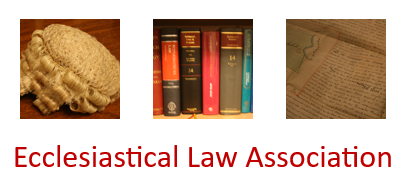The petitioner wished to have a cross and a Star of David on a memorial to her late husband, who had been brought up in the Jewish Jew, but who had later adopted the Christian faith. The Chancellor considered two previous decisions of consistory courts in other dioceses: in the one case, where permission was given on the grounds of exceptional circumstances, and the other, where permission was not given because the Chancellor decided that there were no exceptional circumstances. The Chancellor in the present case decided to grant a faculty. He considered that the cross and the Star of David recognised the Jewish tradition and subsequent Christian faith of the deceased and also, when the petitioner was in due time interred in the same grave, the two symbols would represent their separate religions. However, the Chancellor made it clear that a Star of David should only be permitted for good and sufficient reasons and should always be the subject of a faculty application.

